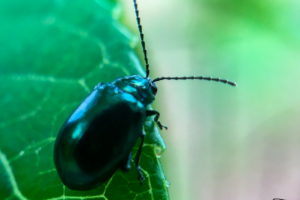Loggerhead Shrikes are an Interesting Combination

A couple of weeks ago, I took a trip into town on my day off. I wanted it to be a fairly quick trip, so I almost decided against taking my camera, but I ran into an unusual situation that just reinforced my belief that I should take it with me where ever I go. I found this pretty little loggerhead shrike (Lanius ludovicianus) perched in a tree not far from where I was parked when I came out of one of the stores. I’ve seen loggerhead shrikes around before, but never had the chance to get photos of one before. This little bird seemed very comfortable in that parking lot, so it paid no attention to me moving around and watching it. It wasn’t long before it took off after something, but even then it totally disregarded my presence.

Loggerhead shrikes are the only shrike species that can be found throughout North America. A close relative, the northern shrike can be found in Canada but does not usually go far enough south to enter the United States, let alone Mexico. There are seven subspecies of loggerhead shrike, two of which are considered critically endangered. The subspecies that we have down here in the southeastern United States (L. l. ludovicianus) is currently listed as secure. Shrikes are passerine birds, like most songbirds, but they are active hunters like birds of prey. Unlike birds of prey, shrikes don’t have strong talons that allow them to grab prey, though. Instead, they use their hooked beaks to break the necks of larger prey. Insects make up the majority of their diets, and those are caught and often eaten in the air. However, shrikes will also eat spiders, small reptiles, amphibians, and small birds. They’ve been known to capture prey as large as themselves. With larger prey they will impale the bodies on thorns or sometimes barbed wire. That holds it still for them to tear off pieces or to store it for later consumption.

Shrikes are usually found in fairly open areas such as prairies, grasslands, and pastures. They require a few interspersed trees from which to hunt and for nesting. They are also found sometimes in more heavily wooded areas if there are large clearings where they can hunt. They usually begin to breed in April or May, and are usually seasonally monogamous. Although loggerhead shrikes as a whole are not considered threatened, their populations have been declining. In much of the midwestern United States and in most of New England it is now rare to see them. The reasons for the decline are not completely understood, but it is thought that habitat loss, human interference, and heavy use of pesticides are all contributing factors.





Recent Comments